Researchers are increasingly interested in how a systems biology approach may be used to tackle multi-scale heart problems.


Researchers are increasingly interested in how a systems biology approach may be used to tackle multi-scale heart problems.

Protein-protected metal nanoclusters have excellent biocompatibility and have received considerable attention as a luminescent probe in a number of fields such as biosensing, bioimaging, and imaging-guided therapy.
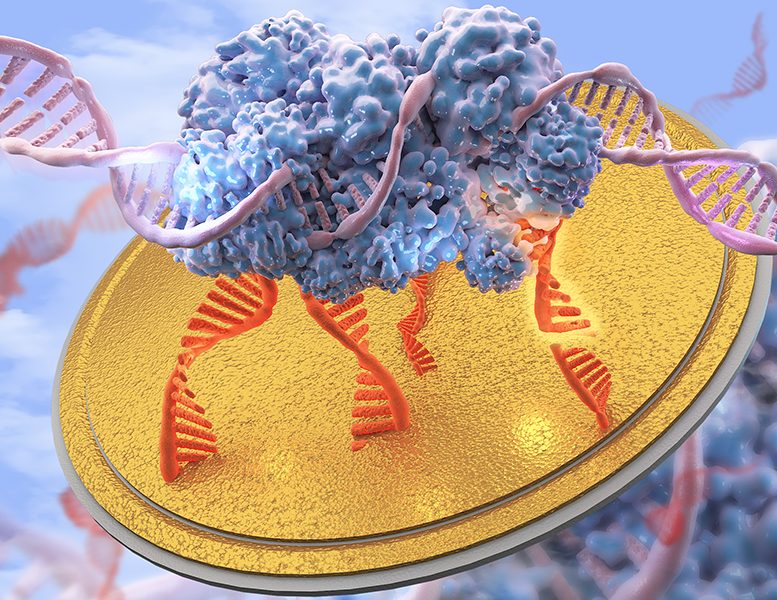
A new use for the revolutionary gene-splicing tool. This new “Electrochemical CRISPR” can quickly and accurately identify viral biomarkers for a range of diseases, including HPV and Parvovirus.
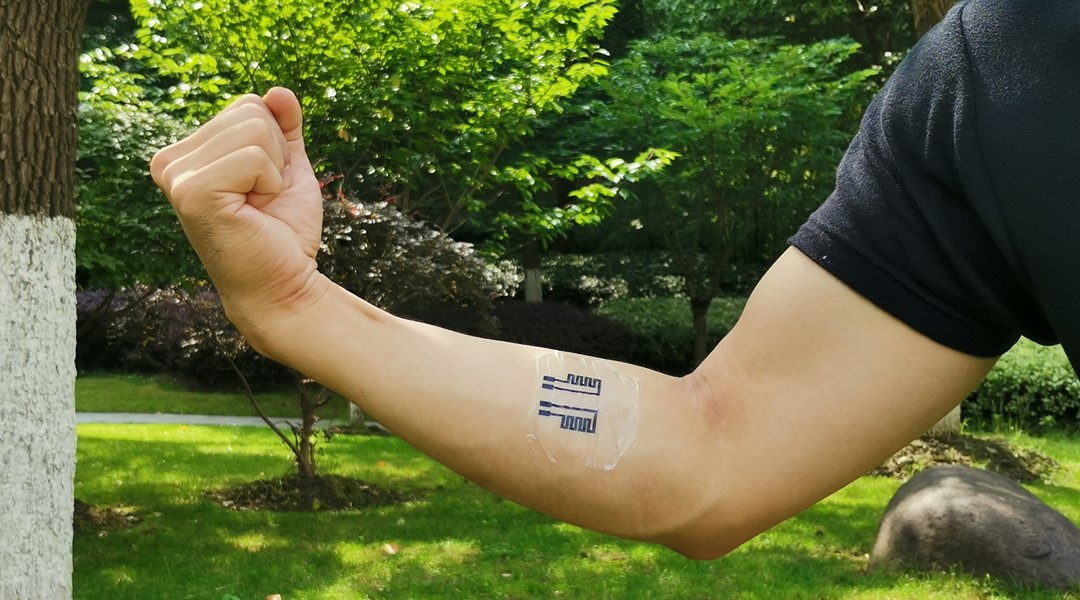
Skin-friendly epidermal electronic devices fabricated using flexible, stretchable, and degradable protein-based substrates could offer a viable solution to real-time health and fitness monitoring.
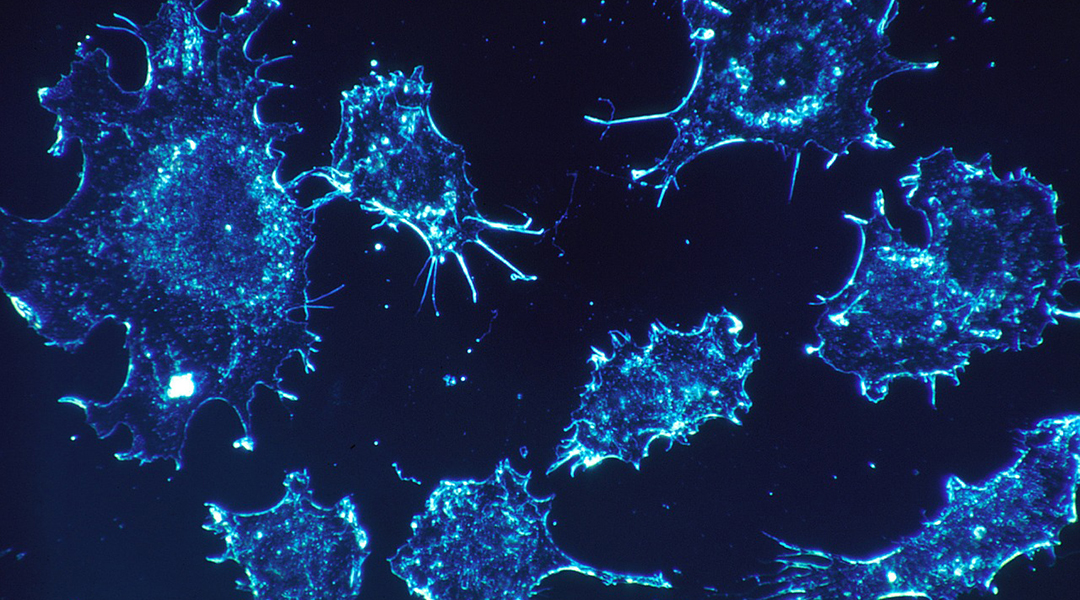
Polymers have been shown to improve the biological capabilities of optical contrast agents to improve diagnosis of diseases such as cancer.
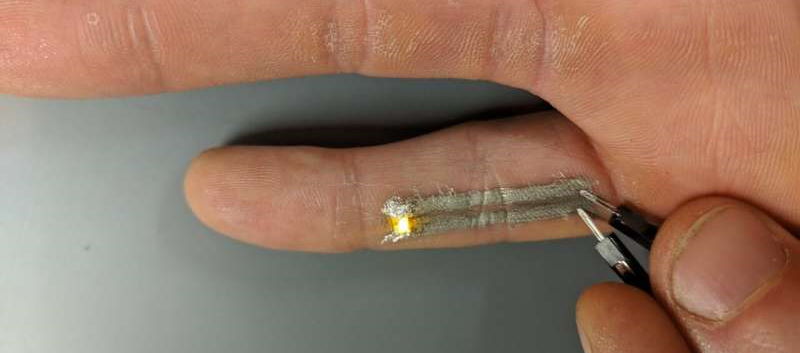
Scientists developed a fully print-in-place electronics technique that is gentle enough to work on surfaces as delicate as human skin.

A cost‐effective, automated parasite diagnostic system that does not require special sample preparation or a trained user.

Raman spectroscopy is an emerging microbiologic diagnostic tool and can be used as an intrapartum screening test for Streptococcus bacteria.
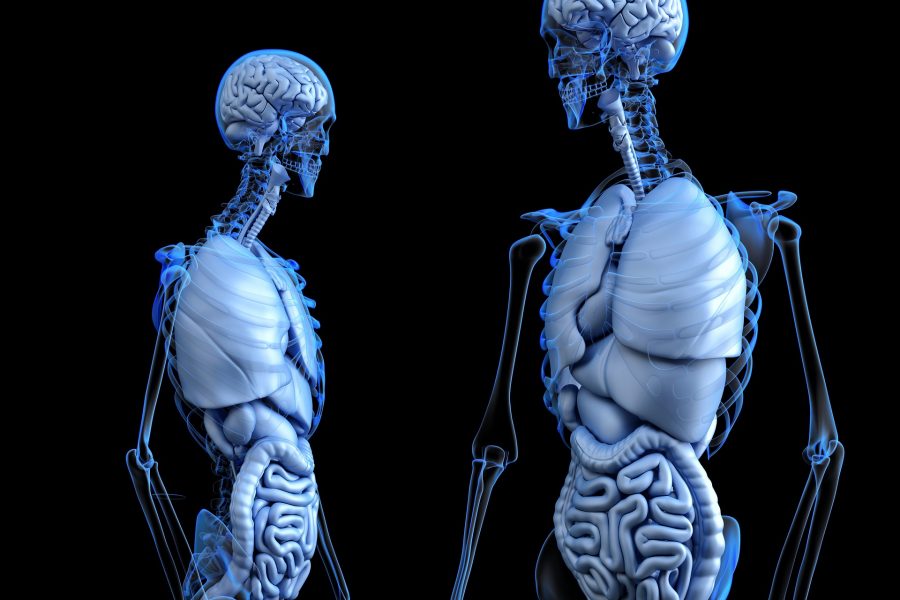
Decades of research in skeletal muscle physiology have provided multi-scale insights into its structural and functional complexity.
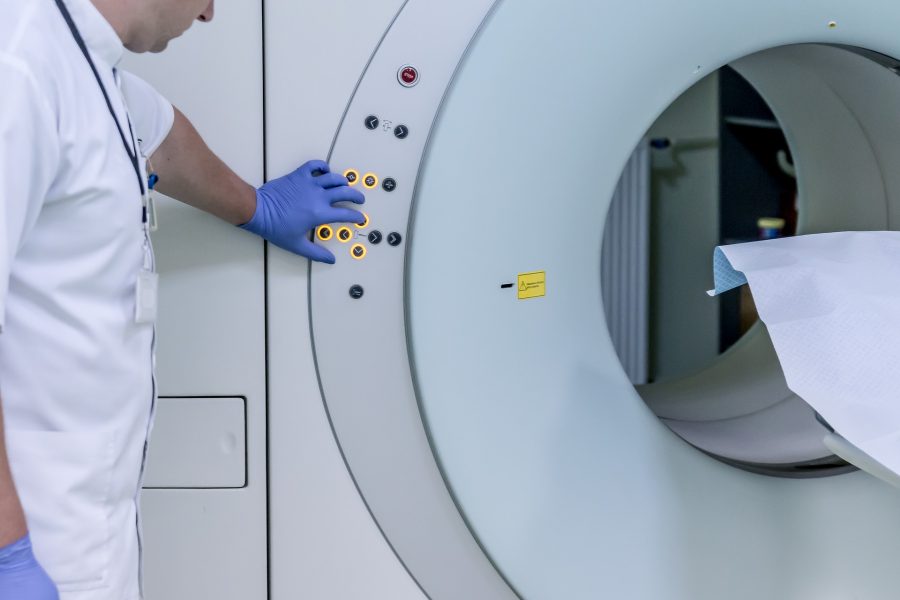
Nanoparticle-based gadolinium contrast agents to improve the safety of MRIs.